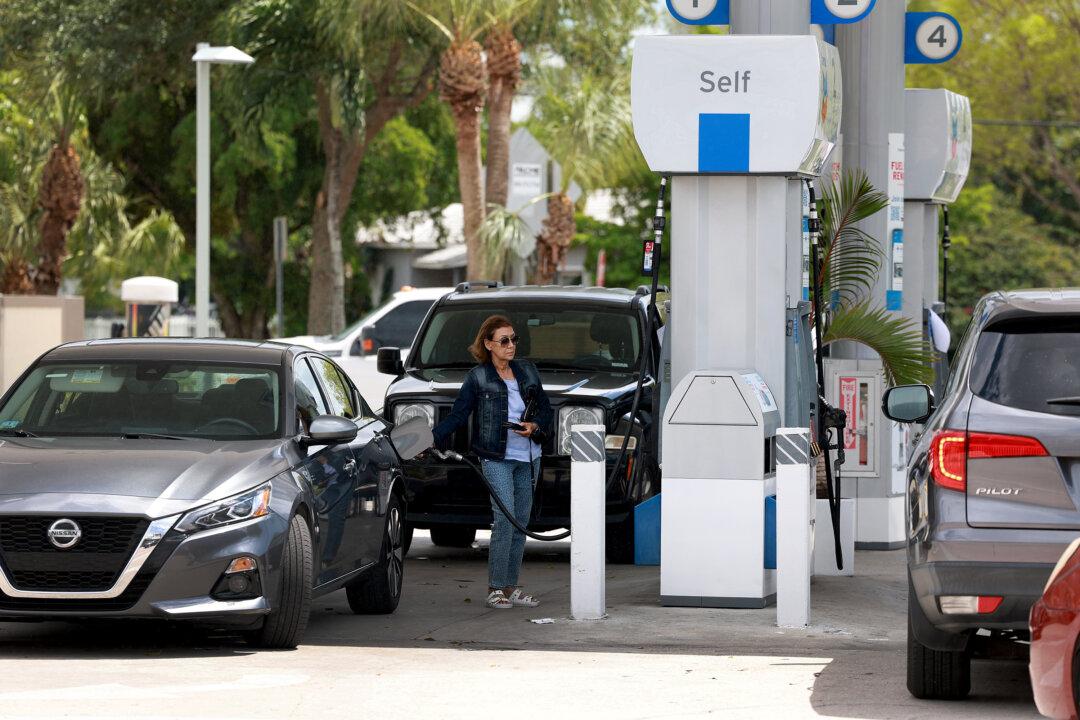The Biden administration, in its latest attempt to push car manufacturers towards transitioning to electric vehicles, is proposing higher fuel economy standards for gas-powered cars.
The new Corporate Average Fuel Economy (CAFE) standards, unveiled on Friday by the National Highway Traffic Safety Administration (NHTSA), mandate that all new vehicles sold in the United States meet a 58-mile-per-gallon average fuel economy by 2032. This means automakers would have to improve fuel efficiency by 2 percent each year for passenger cars and 4 percent each year for light trucks, beginning in model year 2027.





